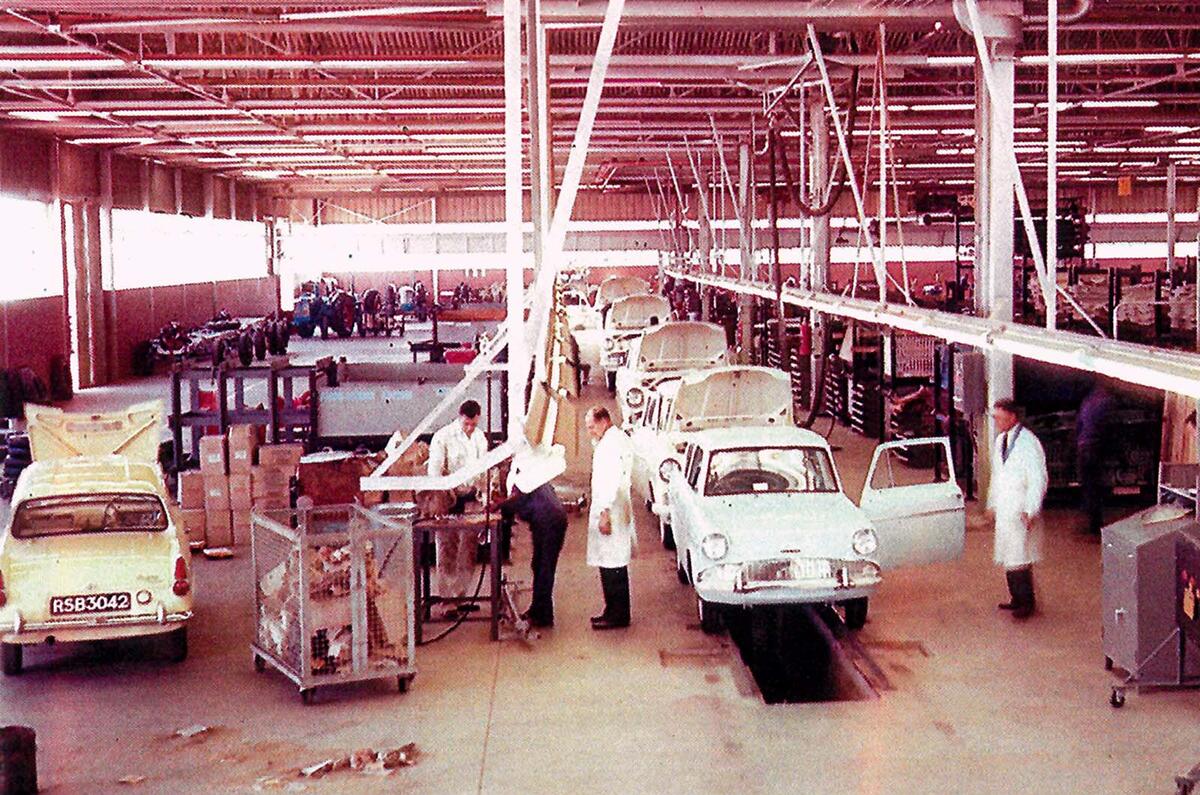As the world rebuilt from the ruins of war, economic miracles occurred in nations both victorious and defeated.
Among them was one that few know about today: the Central African Federation (CAF), founded in 1953.
Large reserves of gold, asbestos, chrome and copper, farmland that allowed for both self-sustaining food and tobacco for export, and the mass arrival of skilled workers from Europe resulted in a massive influx of investment and constant production rises. Within just one lifetime, this area of empty bush land had become an industrialised society on par with New Zealand.
Car makers were keen to get in on it, for obvious reasons. “To the Rhodesian, a vehicle is not a luxury but more of a necessity of life than an overcoat,” Autocar reported on visiting in 1958. “Literally no one can exist here without one, and less than 2% of the male population of licensable age do not own one.”
Autocar Archive returns: 128 years of magazines available online
The British Motor Corporation (BMC) was the first to arrive in the CAF. Like it had already done in Australia and South Africa, in 1958 it decided to build a factory to assemble completely knocked-down car kits shipped from the UK to Mozambique and up the steam railway to the city of Umtali.
The first of these cars – which differed slightly from ours, having around 20% local content – rolled off the line in October 1960, by which time the CAF market had reached 10,000 car and almost 4000 commercial vehicle sales per year. Products would include the Austin Cambridge, Westminster and 1100; the Morris Minor and Oxford; and the Mini and Moke, adopted by the police and army.
Ford of Canada followed suit, building a factory further north, in the capital of Salisbury. Machinery and tools were shipped from the Americas and Australia, and again vehicles were produced from completely or semi-knocked-down kits.
Products made from July 1961 were as varied as the Anglia and Zephyr saloons, Transit vans, Fordson tractors and Thames Trader trucks, with many of their components sourced from South Africa. Within just seven months, Salisbury had built 1000 vehicles.
Then in 1963, a local firm built a plant in Lusaka to make Willys jeeps and Rover opened one in Salisbury to build Land Rovers.
However, almost as soon as these enterprises had got going, they were thrown into crisis. Africa was rapidly being decolonised, its indigenous people becoming ever more conscious of their historic identities and of their oft-brutal marginalisation. And so in 1964, North Rhodesia and Nyasaland forced the dissolution of the CAF and re-established themselves as Zambia and Malawi.





Join the debate
Add your comment
A good example of how politics got in the way of British manufacturing and now we wonder why China has taken over Africa!